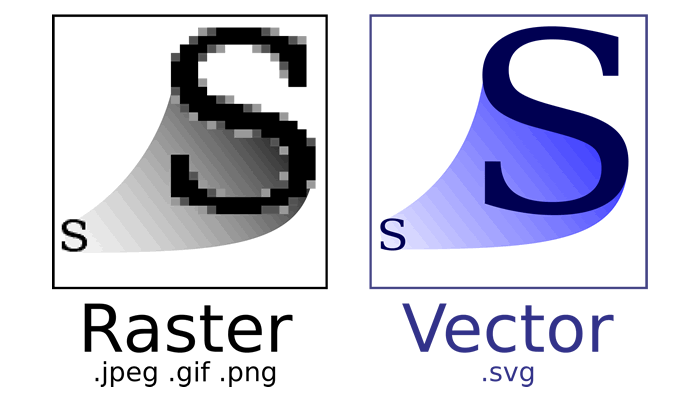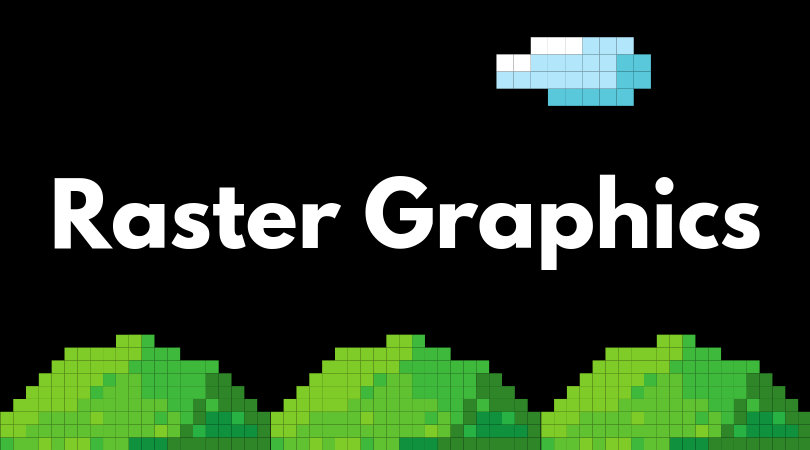

Some printers use a special piece of software on the computer to do that job. Most modern printers have those processors inside the printer. This is done by a part called a Raster Image Processor. Cos’è un’immagine raster Prende il nome dalla parola inglese raster che significa griglia. To be printed, these images need to be translated into raster graphics first. These languages are based on vectorized images, most of the time. Many printers today use computer languages like Postscript or PCL.

Images that are difficult to make as a vector, like photographs, are often made in the form of a raster image. jpg image too large, you may have noticed that the image becomes blurry and the colors turn into small squares or dots. If you have ever zoomed in very close, or blown up a. jpg imageslike those you would get from your digital camera. Also known as bitmapped graphics these programs store images in the form of patterns of screen pixels. Vector graphic images are rasterised that way. Raster graphics ( jpg / png / tiff files ) Most people are familiar with. Computer screens are made of a raster of points. Each pixel holds something, like color or transparency. This is the most common computer graphics. Usually they form an image shaped like a rectangle. A raster graphic is made up of a large number of very small colored dots, similar to a television screen or a monitor. With raster graphics, images are modeled as big collections of pixels. Raster graphics (or bitmap graphics) is one of two kinds of computer graphics. Their colors made by adding up the amounts of red, green and blue in each one. Looking even closer, you can see the three different pixels at the bottom. When zoomed in, it might look like the bigger smiley face. Imagine the little smiley face in the top left corner is a raster image.

Raster graphics can typically be scaled down with no loss of quality, but enlarging a bitmap image causes it to look blocky and "pixelated." For this reason, vector graphics are often used for certain images, such as company logos, which need to be scaled to different sizes.įile extensions. However, because their pixel number is fixed, raster images can become distorted or blurry when resized to fill a bigger or smaller space. Popular types of raster files include JPEG, PNG, and GIF images. JPEG and GIF are the most common compressed image formats on the Web, but several other types of image compression are available. Digital photos and detailed graphics both come in raster form. Fortunately, there are several image compression algorithms that have been developed to help reduce these file sizes. Since raster graphics need to store so much information, large bitmaps require large file sizes. For example, a 640 x 480 image requires information to be stored for 307,200 pixels, while a 3072 x 2048 image (from a 6.3 Megapixel digital camera) needs to store information for a whopping 6,291,456 pixels. The larger the image, the more disk space the image file will take up. They are made up of grid of pixels, commonly referred to as a bitmap. In most cases, these pixels are square-shaped, regularly spaced, and each one carries a specific shade, which contributes to the vivid and detailed appearance of the image. Pictures found on the Web and photos you import from your digital camera are raster graphics. Also known as a bitmap, a raster image is a graphic made up of thousands or even millions of colored dots known as pixels. Each color pixel contributes to the overall image. In the world of digital photography and computer graphics, a raster is a technique that defines a two-dimensional picture as a grid of square pixels or a. Most images you see on your computer screen are raster graphics. Raster images, > also known as bitmaps, > are comprised of individual pixels of color.


 0 kommentar(er)
0 kommentar(er)
